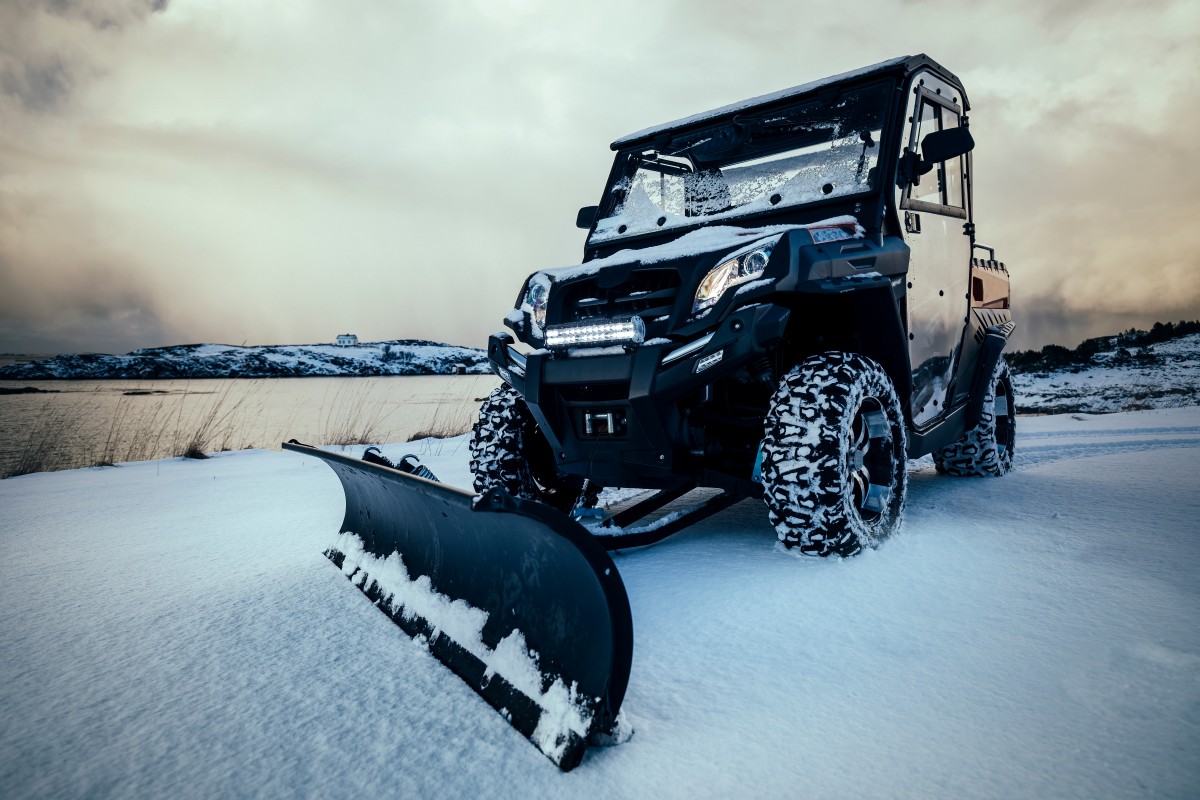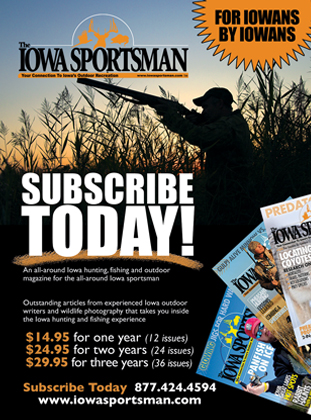Must-Have Equipment for Iowa Acreages

Must-Have Equipment for Iowa Acreages
As a child, I had what I would consider very typical childhood goals and aspirations. Grow up, have a family, work as a professional athlete, or a doctor, or a lawyer, or a missionary, or a firefighter, or anything else that tickled my fancy for the day. After all, we’re taught from a young age that we can be and do anything we want to be when we grow up.
However, the older I became, the more I realized that some of those dreams and aspirations were just that: dreams. While some of those things came true in that I have a beautiful family, others couldn’t be any farther from reality. I never made it onto the PGA tour, and I certainly don’t have the patience or talent to be a doctor. So, my life and path have been defined by work as a pastor and a passion for the hunting space.
Throughout all of the twists and turns of life, one thing has remained a constant: I have always wanted to own land that I could develop into hunting property for my family. I have had the great pleasure of receiving permission to hunt some wonderful places in Iowa, but there is just something about owning your own land. Well, two years ago, that dream became reality when my wife and I purchased 32 acres of Southern Iowa dirt.
While 32 acres might not seem like a lot to many, we felt that it was the right 32 acres to meet the needs of what we were looking for. There is a house building site, and there is an equal amount of timber/habitat and crop. The crop acres help offset some of the yearly costs associated with the land, and we could not be happier.
As a new landowner of a smaller portion of ground, I have found certain equipment more necessary than others. I feel that I can help shed some light on what has been helpful and what has been necessary to developing a small acreage into a pristine hunting parcel. Granted, things are still a work in progress.
Tractors
The tractor that we purchased some years ago to help clear snow and do some odd and end maintenance type things around our home on 3 acres has proven itself invaluable to me on the new farm. My tractor is small. It’s a 28-hp lawn tractor with a bucket on the front end. It has a 3-point hitch, so attaching implements is fairly easy as long as they’re small enough to attach. Would I like something larger? Absolutely. Am I grateful for what I have? You bet! Allow me to show you some different ways we use the small tractor around the farm, and then give you some alternatives if that type of equipment is an option.
Last year, we decided to take the crop acres out of production and place them into the CRP program. This cut back on our need for heavier equipment or outsourcing planting. We reserved 1.6 acres as a food plot for wildlife and are using this small tractor with a belly mower to maintain that plot. We also use it to cut paths, clear debris, break soil when needed, and do a bevy of other food plot planting-related chores. Again, it has proven invaluable.
I realize, though, that a tractor might not be in the cards for everyone. That’s ok! If food plotting is a desire, then there are options to hire out the work or borrow equipment. If that’s a “no,” then might I recommend a pull-behind harrow or disk for a four-wheeler or side-by-side? A more labor-intensive way to disturb the ground is by using a garden tiller if a small plot is in your cards. My motto is “where there’s a will, there’s a way.”
The same ideas go for spreading seed and fertilizer. Sometimes a drill is the most desirable way to get seed in the ground, but when “you’ve gotta do what you’ve gotta do,” a very simple bag spreader and some boot leather might work wonders. The same goes for covering the seed. Do I have to have a disk? No. I’ve seen someone use an eight-foot piece of hog panel wire pulled behind an ATV to cover a food plot, and it worked splendidly. Again, there are options for every budget.
The Cutting Tools
There is so much more to land management than food plots on your hunting acreage. Another tool I have found necessary is a good saw. I use a gas-powered chainsaw as well as a battery-powered hand saw and pole saw. While this might sound like a bit of overkill, I have discovered that each has its own uses and functions.
While I’ve not used it as much as I initially thought, the chainsaw has come in extremely handy a couple of times. First, when clearing a space for a new food plot, I was able to take out some super undesirable thorny locust trees. This has not only created some avenues for sunlight to get to the ground, but it has also saved on a tractor tire or two by getting them out of the way.
Second, for edge feathering and doing some forest stand improvement. The limited timber that we have on the property is very clean underneath. While it looks beautiful, we began to realize that it does not serve much purpose as far as wildlife habitat goes. By downing some trees and doing some edge feathering to “thicken” the timber stand, we have created cover and habitat for deer, quail, and a bevy of other woodland critters. The chainsaw is a necessity for this.
The hand saw and the pole saw are my go-to trimmers. Whether I am fleshing out a spot to get a tree stand hung or trimming shooting lanes, these two are key. What I like: they are super lightweight and actually offer a pretty hefty cutting capacity. Also, because they’re battery-operated, I don’t worry as much about a loud motor or the scent of fuel in the air. What I don’t like is the battery life. The batteries are likely to run out during extended use. This is to be expected, though, so I always go with the expectation and awareness of what the job might entail.
While on the topic of trimming I must point out that I have found a good string trimmer has paid dividends. I am a nut when it comes to accessing hunting stands. I love to take a good string trimmer and make paths through grass to stand setups. I’ll follow this with a quick spraying of round-up to kill out the grass during late summer and this gives me quiet access as well as leaves behind what I deem as less scent.
Winter Options
Managing an acreage in the is manageable if you have the right equipment. There are tons of equipment options available for different needs and budgets. These options involve attachments for compact tractors, ATVs, and UTVs.
Compact tractors and ATVs/UTVs are super handy to have on small acreages, for this reason, there are a variety of snow removal attachments just for them. For instance, snowblowers mounted on the front are one of the best ways for clearing snow cleanly and quickly. They can usually handle deep snows and if you have a long driveway, you will find these helpful for sure.
Rear-mounted 3-point snowblades are more popular and common than snowblowers because they are usually cheaper to buy. Tractors can handle these well, and if you want a blade to use on your ATV or UTV, you can find a font mounted one to do that. You can also use a front-end loader on a tractor or skid-loader to move snow. It will not do as clean of a job as a blade, or a snowblower, but it can get the job done.
What Else Do I Need?
A great way to answer the question “what else do I need” is to ask yourself the question “what else do I have?” I have found that simple yard tools that I already possess are great assets in maintaining my small acreage. I’ve also found that a small trailer has come in handy. While it is not necessarily a requirement I have found that it has proven useful over and over. An ATV or a side by side fit the same category as a trailer. I can get a lot done with these machines.
I also cannot recommend fire enough. Whether it is creating fresh habitat or taking care of piles of debris the uses of fire are immeasurable. Granted, fire needs to be used with great caution and all local, state, and federal laws and ordinances need to be followed when using this very natural way of preserving the Earth.
At the end of the day there are some things that make life easier when it comes to owning and maintaining a small hunting property. A landowner can get by with having a lot or a little. My hope is simple and is a sentiment that was coined by Teddy Roosevelt, “Do what you can, with what you have, where you are.” I encourage you to leave the land better than you found it no matter what you find yourself doing.
While phrases like “buy land” or “buy dirt because they’re not making it any more” are catchy and useful for real estate sales pitches they are also chock full of truth. The human population continues to grow and the amount of land to care for becomes less and less due to development. Take care of what we have while we have it. Make it better for yourself, your family, and for the wildlife that call it home. There will never be any shame or remorse if you leave things in a good spot!
By Noel Gandy
December 2025
For Cattle and Dairy info links below:


